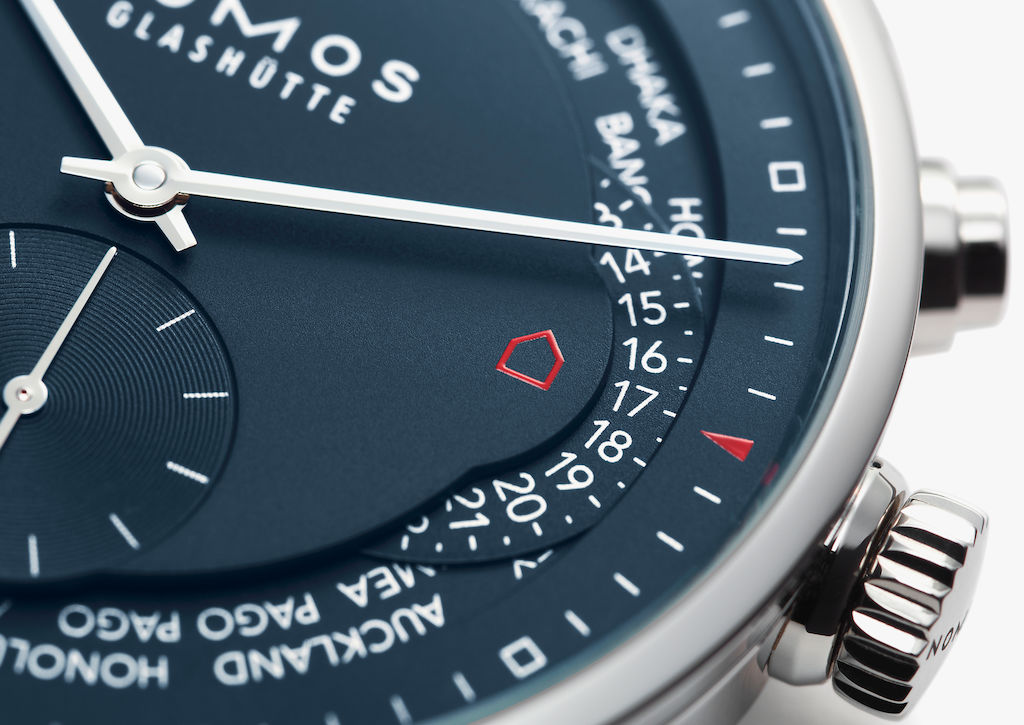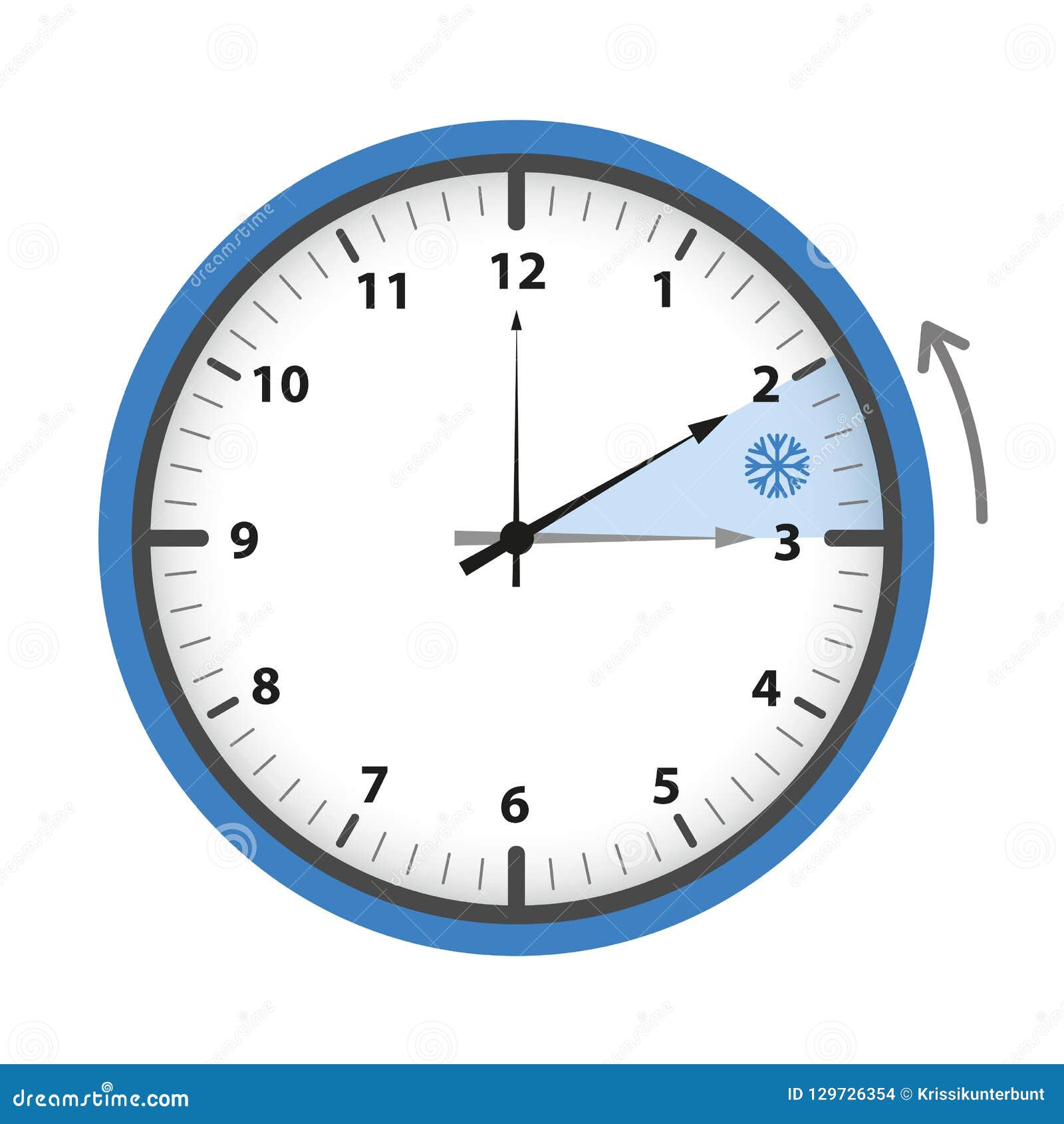

This ISR is enabled by setting enable bit in OCIExy present in TIMSKx register. Here when the Output Compare Match Interrupt occurs then the interrupt service ISR (TIMERx_COMPy_vect) is called and also OCFxy flag bit will be set in TIFRx register.

So, an ISR interrupt service routine is called when the Timer Overflow Interrupt bit enabled in the TOIEx present in timer interrupt mask register TIMSKx. Whenever the timer reaches to its maximum value say for example (16 Bit-65535) the Timer Overflow Interrupt occurs. There are various timer interrupts in Arduino which are explained below.
#CLOCKEY TIMER BLUE SOFTWARE#
We previously learned about Arduino Interrupts and have seen that Timer interrupts are kind of software interrupts. To calculate preloader value for timer1 for time of 2 Sec: TCNTn = 65535 – (16x10 10xTime in sec / Prescaler Value)

This Register is used to control the counter value and to set a preloader value.įormula for preloader value for required time in second: Clock on falling edgeĮxternal Clock source on T1 pin. Arduino Uno has prescalers of 1, 8, 64, 256, 1024. A prescaler is used to setup the clock speed of the timer. The CS12, CS11, CS10 bits in TCCR1B sets the prescaler value. It also allows to control the mode of timer using the WGM bits. This register holds the main control bits of the timer and used to control the prescalers of timer. Timer/Counter Control Registers (TCCRnA/B): To change the configuration of the timers, timer registers are used.ġ. It is an 8-Bit Timer and used in tone() function. It is a 16-Bit timer and used in servo library. It is an 8-Bit timer and used in timer function such as delay(), millis(). In Arduino UNO there are three timers used for different functions. Meaning Arduino moves from one instruction to another instruction for every 62 nano second. In Arduino Uno it takes 1/16000000 seconds or 62nano seconds to make a single count. A timer uses counter which counts at certain speed depending upon the clock frequency. Higher the clock frequency higher will be the processing speed. Every microcontroller has a clock (oscillator), say in Arduino Uno it is 16Mhz. It is like a simple clock which can measure time interval of an event. The preloader value of the Timer bit can also be adjusted using pushbuttons to control the duration in which the interrupt occurs. We will set our Timer register bits and use the Timer Overflow Interrupt to toggle an LED every time the interrupt occurs. The good thing is you can use the same Arduino IDE for this. In this arduino timer tutorial we are going to avoid the usage of this delay() function and instead actually deal with the Registers themselves. For example when a delay() function is used it actual sets the Timer and Counter Register bits of the ATmega microcontroller. Hence, to understand what is happening inside the pre-built functions we need to dig behind these terms. The Arduino programs are not similar to other Embedded C coding where we deal with register bits and make them high or low based on the logic of our program. while the low level machine language is hidden behind them. This is because the Arduino Programming language is very easy to understand as most of the work is done by pre-built functions like digitalWrite(), AnalogWrite(), Delay(), etc. and program it using their native applications. While it is okay to begin with Arduino, it is important to slowly move into the core microcontrollers like AVR, ARM, PIC, STM, etc. But then, because of its easy to use nature it was soon adapted by electronics beginners and hobbyists around the world and today it is even preferred for prototype development and POC developments. Its intention was to help non-engineers to work with basic electronics and microcontrollers without much programming knowledge. The Arduino Development Platform was originally developed in 2005 as an easy-to-use programmable device for art design projects.


 0 kommentar(er)
0 kommentar(er)
